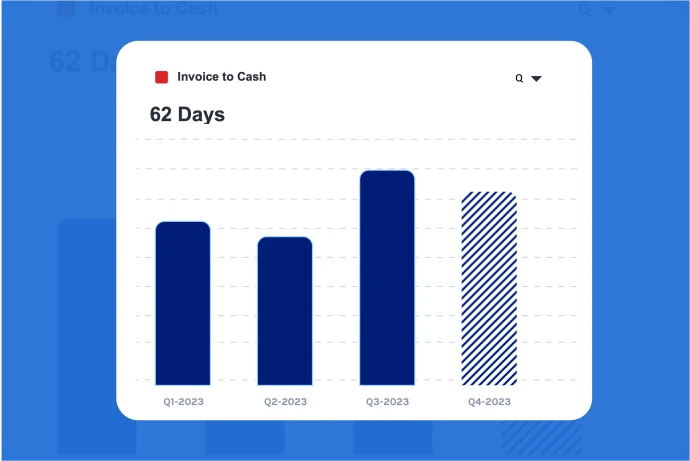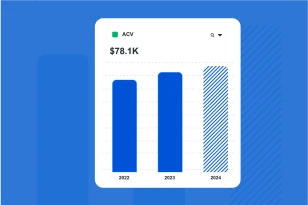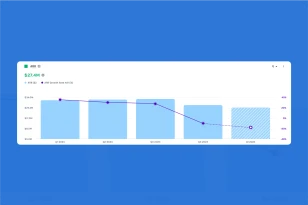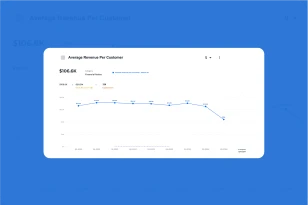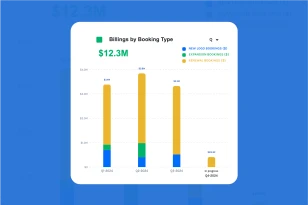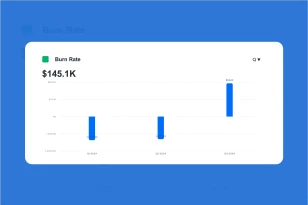What is Invoice to Cash (I2C)?
“Invoice to Cash” quantifies the time it takes for an invoice to be converted into cash. Business use I2C to evaluate the efficiency and effectiveness of their financial processes. It focuses on the timeline involved in transforming invoices into actual cash, a critical aspect of maintaining a company’s financial health and liquidity. This metric is typically a part of the broader order-to-cash (O2C) or accounts receivable (AR) process. While the precise definition and calculation can vary between organizations, the metric generally encompasses the following stages:
- Invoicing: This marks the beginning of the process, measuring the time taken to generate and send invoices to customers after the delivery of products or services.
- Customer Acceptance: At this stage, the metric takes into account the time it requires for customers to review and accept the invoices. Any disputes or discrepancies can extend this phase.
- Payment Processing: This phase evaluates how promptly the company processes payments upon receiving them from customers. This includes tasks such as depositing checks, handling credit card payments, and managing electronic transfers.
- Cash Application: This step assesses the speed and accuracy with which payments are matched to specific invoices and applied to the corresponding customer accounts.
A shorter “Invoice to Cash” cycle is generally regarded as a favorable outcome for any business.
Why is Invoice to Cash (I2C) an Important Metric?
The “Invoice to Cash” metric is designed to minimize the duration between invoicing and the actual receipt of payment, thereby improving the company’s cash flow and financial liquidity. Additionally, it serves as a diagnostic tool to pinpoint bottlenecks and inefficiencies in the accounts receivable process, enabling businesses to make process enhancements and enhance their financial management.
How Do you Calculate Invoice to Cash (I2C)?
The specific calculation for I2C may vary depending on how an organization defines and measures each stage of the process, leading to variations in its implementation. However, a standard calculation for I2C typically involves the following steps:
- Determine the Date Range: Define the date range for which you want to calculate the I2C. Commonly, this is a monthly or quarterly measurement.
- Calculate Average Invoice Processing Time (IPT): Find the average time it takes from generating an invoice to the point at which it’s sent to the customer. This is often calculated as follows:IPT = (Total time for all invoices to reach the “Sent to Customer” stage) / (Number of invoices)
- Calculate Average Customer Acceptance Time (CAT): Determine the average time it takes for customers to accept invoices. This can be calculated as follows:CAT = (Total time for all invoices from “Sent to Customer” to “Customer Acceptance”) / (Number of invoices)
- Calculate Average Payment Processing Time (PPT): Calculate the average time it takes to process payments after they are received from customers. This can be calculated as follows:PPT = (Total time for all payments to be processed) / (Number of payments received)
- Calculate Average Cash Application Time (CAT): Find the average time it takes to match payments with specific invoices and apply them accurately to customer accounts. The calculation is:CAT = (Total time for all payments to be applied to invoices) / (Number of payments received)
- Calculate I2C: Finally, calculate the I2C as the sum of the individual components:I2C = IPT + CAT + PPT + CAT
- Express I2C in Days: Often, I2C is expressed in days to provide a clear and easily interpretable measure of how long it takes for an invoice to convert into cash. So, divide the result by the number of days in the selected date range:I2C (in days) = I2C / (Number of days in the selected date range)
